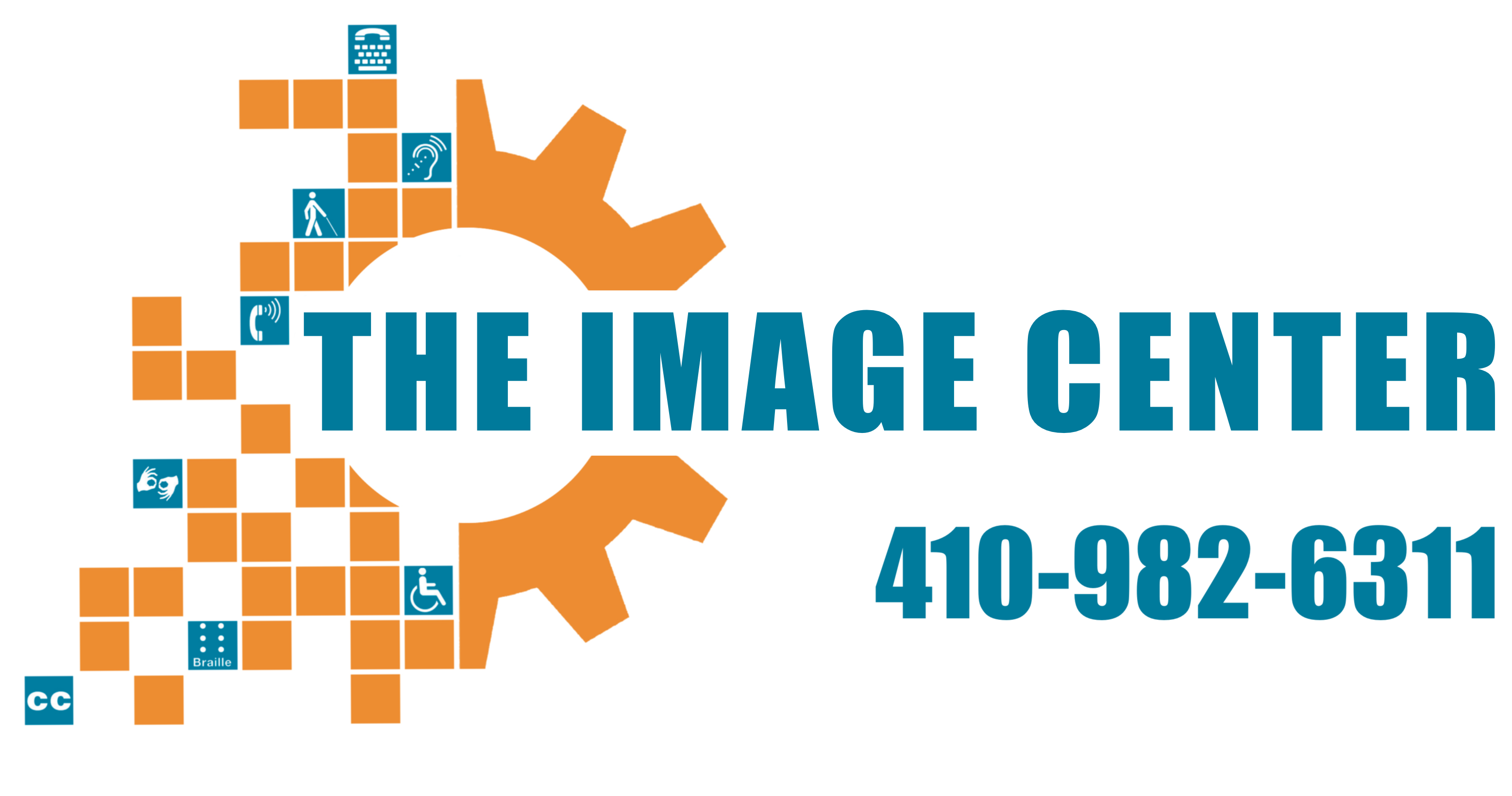The fifth in a five-part series: Social Security for Young Blind Adults Series. This month, the Free Bridges Helpdesk Transition Tip Tuesdays explores the potential impact of Social Security benefits on young blind/low vision adults. In this last installment of this five-part series, we set forth the process of applying for SSI benefits and what […]
Category: Series: Social Security for Young Blind Adults Series, March 2021
The fourth in a five-part series: Social Security for Young Blind Adults Series. This month, the Free Bridges Helpdesk Transition Tip Tuesday explores the potential impact of Social Security benefits on young blind/low vision adults. Individuals who receive SSI may also be eligible for additional benefits and discounts from other government programs and from private […]
The third in a five-part series: Social Security for Young Blind Adults Series. This month, the Free Bridges Helpdesk Transition Tip Tuesdays explores the potential impact of Social Security benefits on young blind/low vision adults. In this third installment of the series, we review how Supplemental Security Income (SSI) eligibility imposes limitations on resources. What […]
The fifth in a five-part series: Social Security for Young Blind Adults Series. This month, the Free Bridges Helpdesk Transition Tip Tuesdays explore the potential impact of Social Security benefits on young blind/low vision adults. In this second installment of the series, we explore income and resource limits for Supplemental Security Income (SSI) eligibility. What […]
This month, the Free Bridges Helpdesk Transition Tip Tuesdays explore the potential impact of Social Security benefits and related programs on young blind/low vision adults. In this first installment of the series, we explore disability-related eligibility for Supplemental Security Income (SSI). What is SSI? As you may know, U.S. workers can receive monthly “Social Security” […]
